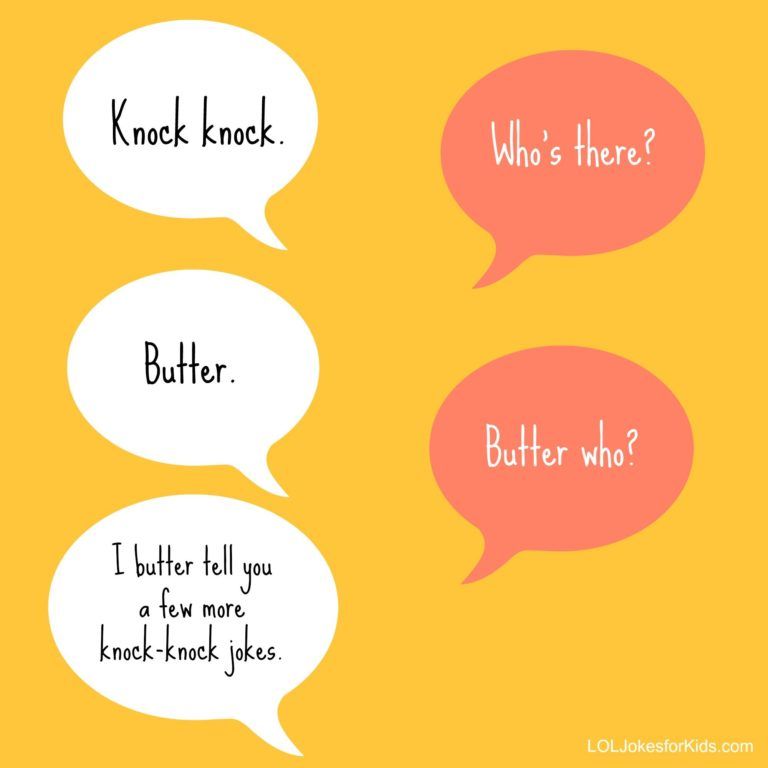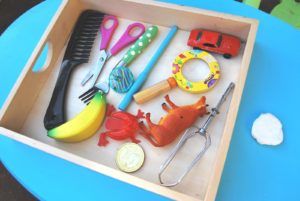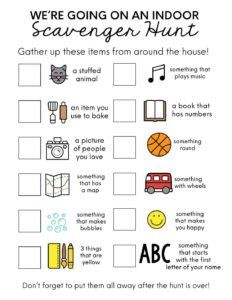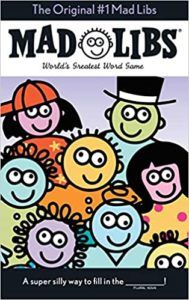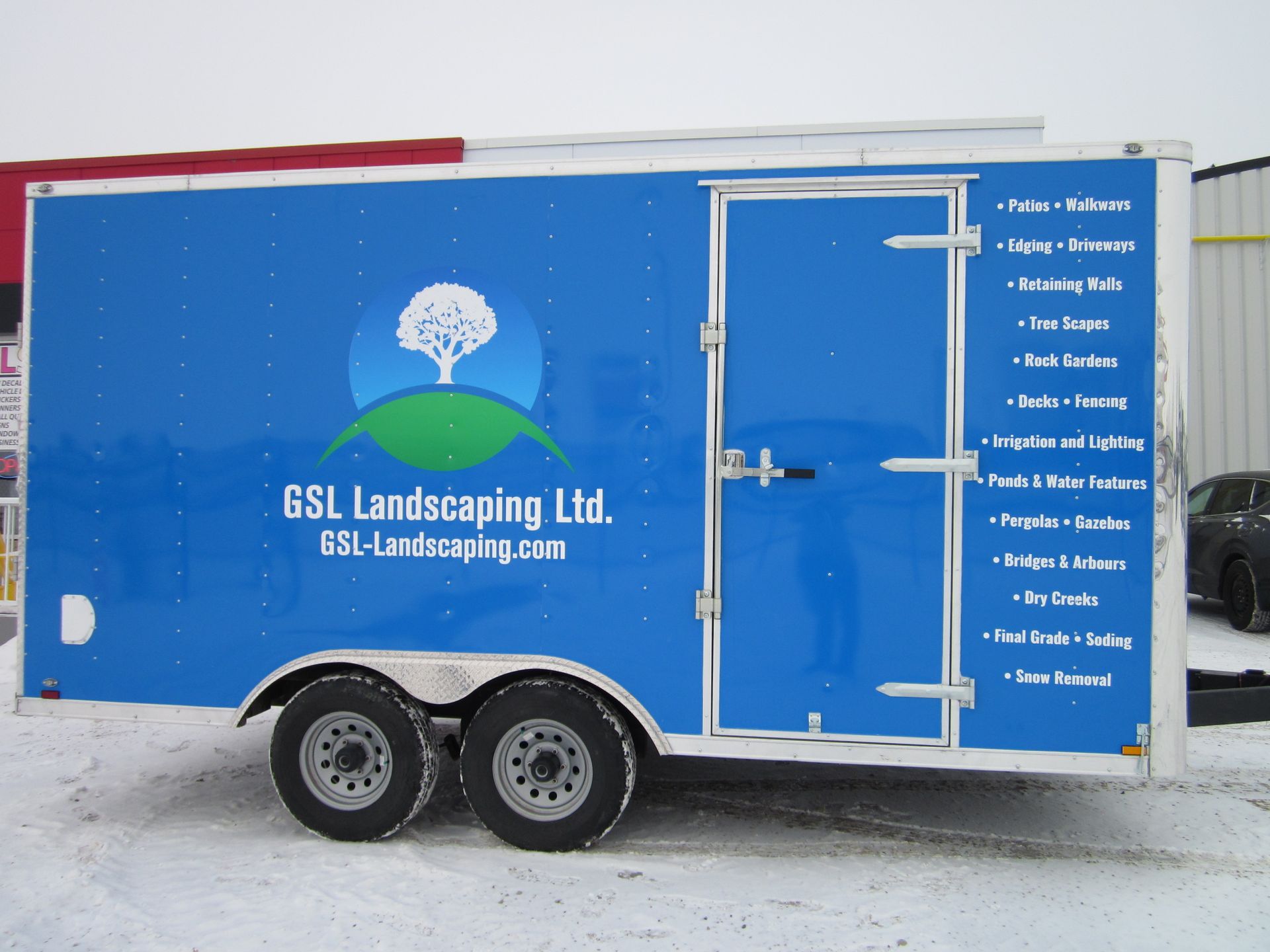Keeping family and friends close
Apr 10, 2020
This year of 2020 is proving to be a year of an unknown type. Protecting our health and those of the ones we love is a great responsibility so social distancing is worth it. There is also the snow. When will it end here in Edmonton area?
At a time of social distancing for healthy and safety, what can we do when a weekend like Easter is near? Well, it might be time to get creative and learn more about technology at our fingertips to be sure connection happens regularly.
Here are some ideas to get you started if you are a bit rusty like me.
Knock Knock jokes
Knock Knock jokes are a video opportunity waiting to happen. I recently rediscovered these corny sources of humor while searching the Internet. Inspired, I video recorded myself saying “knock, knock,” and sent to my almost five-year-old great nephew via his Mom’s smartphone. In a little while, he responded with “Who’s there?” in his own video. From there, we traded short videos until hitting the punch line. It was a much-needed connection in the middle of a day for me. My great nephew and his parents, who are working from home and entertaining their two young active boys, appreciated the diversion, too.
Colouring or painting event
Recently, our family created our own kind of paint nite. With enough experience attending these events for a fee, we came together via Zoom. Following along with a 7-minute video tutorial, we drew and then colored a cute camper van on one occasion and, most recently, two songbirds on a branch. The event lasted about 10 times longer because there was time to stop and draw or color, along with chatting and catching up. Having nowhere to go and little to do, these events have helped to reconnect with loved ones we have not seen since early March. The experience is relaxing, casual and a way to commiserate with being inside. Each get together finishes with an art show where pictures of the creations are posted to a Whats App
family group. We plan to try a real painting soon, as well as maybe remote Bingo, a sing along, a puppet show, story telling?
Do you remember?
When I was a young girl, my Mom often interrupted sibling arguments with suggestion of a game or other activity. A popular game was what I now call, “Do you remember?” My Mom selected items and covered with a tea towel on a silver plated serving tray. She would dramatically sweep away the tea towel and before us were anywhere from 10-20 items to view. After giving us a few minutes, she would cover up the tray and the real work began. Our job was to use the paper and pencils she distributed to list as many items as we remembered.
This works very well by phone with a data plan. I set up my own version for a great nephew,, making a recording with close ups and saying the name of each of about 10 items. The final video was less than 20 seconds, the maximum length of any video I can send by text. My great nephew remembered 4 items on first viewing and 7 items after watching the second time. I am impressed. He then worked with his parents and younger brother to setup their own version. Despite two attempts at watching their video, I remembered only 6 items. Other family members tried it when both videos were posted to Whats App – a diversion for all!
Scavenger Hunt
A scavenger hunt is reminiscent of many a sleepover party. This kind of game lends itself well to a family with kids who can help find items on a list. What kind of things did we try? Here are some ideas to get you started.
– Books that start or end with letters of a child’s name
– A sock of a specific color
– A pile of shoes where the sizes of the shoes all add up to a number like 39 or 99
– A coin with the same birth year of a member of the family – extra points if more coins found for other members of the family!
Fill in a story
The Internet overflows with ideas for mad libs. These are the fill-in-the-blank kind of story and both G-rated and adult versions are easily found. There is the mad lib version where the goal is to get the correct answer. Another type, the one I prefer, has you first ask someone to name a noun, favorite colour, an animal, etc. Then you fill in the blanks with the answers already collected and read back the silly story. Mad libs are a great way to connect and together share some laughs through calls or one of the video apps like Face Time or Whats App.
The Internet overflows with ideas for mad libs. These are the fill-in-the-blank kind of story and both G-rated and adult versions are easily found. There is the mad lib version where the goal is to get the correct answer. Another type, the one I prefer, has you first ask someone to name a noun, favorite colour, an animal, etc. Then you fill in the blanks with the answers already collected and read back the silly story. Mad libs are a great way to connect and together share some laughs through calls or one of the video apps like Face Time or Whats App.
Eat together apart
A new one I have an invitation to try is eating a meal with others, while not leaving my home. A friend has setup a virtual meeting through Zoom for Sunday lunch. Several friends will be preparing their meal, and joining in at the start time, to connect over food. BONUS: The only dishes I need to do after lunch with friends are my own!
It is Spring. We can be alone together!

24 Jan, 2019
If you’re going to print a photo or digital design, chances are you’ll want it to be in the highest resolution possible. Unfortunately, figuring out the correct resolution and graphic size can be complicated. There are several units which are used to measure resolution including PPI, DPI, LPI, and SPI. However, to keep it simple, we’ll only focus on the two units which are frequently used: DPI and PPI. What is DPI and PPI? Contrary to popular belief, DPI and PPI are not the same thing and cannot be used interchangeably. While DPI and PPI describe the resolution of an image, each term refers to something completely different. Dots per inch (DPI) is used to describe the number of dots per inch in a digital print. DPI determines how many dots the printer drops onto every square inch of the image. This sets the print resolution of the image. On the other hand, PPI refers to pixels per inch. Many designers rely on PPI as it involves the smallest unit of a digital display device which we are able to see. Pixels are used to create the overall image on your computer or television. The confusion between DPI and PPI lies in the fact that the pixels in PPI are made up of red, green, and blue light elements which roughly correspond to the CMYK dots on a printer. Therefore, people assume that DPI and PPI are the same. Simply put, PPI is the input resolution while DPI is essentially the output resolution. How does DPI and PPI affect your prints? As previously mentioned, PPI is only meant to affect what is on your digital display. For instance, you can use PPI to determine the resolution of an image file. If an image is 350×350 in a 1-inch square, then you can assume the image will have a resolution of 350 pixels per inch. Many digital display formats are set at 72 ppi, which determines how big the image will appear on the screen. By increasing the image by 150%, the pixels will become larger and display a blurrier image. Using PPI to print your image may result in it looking incredibly pixelated or smaller than you want it to be. DPI is the resolution of the printed image and determines how high of quality your print will be. While most printers are capable of printing at 300 dpi, professional printers can produce higher quality prints. When the DPI is increased, it will create a smoother transition between colours, removing the blocky look that a lower DPI will produce. Printing an image that is high quality is a balancing act, requiring you to determine whether the size or the quality is more important. However, if it is an image that is meant to be viewed from further away, you might find that a lower resolution will work best. Some billboard posters are printed as low as 20 dpi! We know, it’s a lot to wrap your head around, and that’s fine! Resolution is already a complicated concept, and only becomes more difficult to understand when different units are added. However, it becomes a little easier when you keep the differences between DPI and PPI in mind.
Locally owned and operated,
JLS Decals & Signs serves the communities and surrounding areas of Morinville, St. Albert and Edmonton, Alberta.


